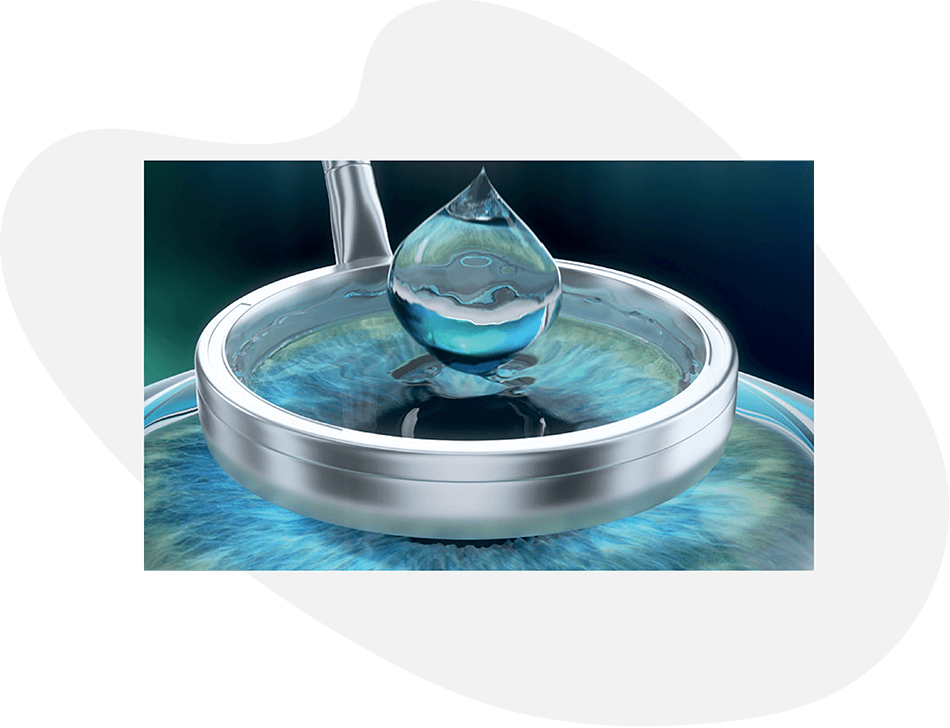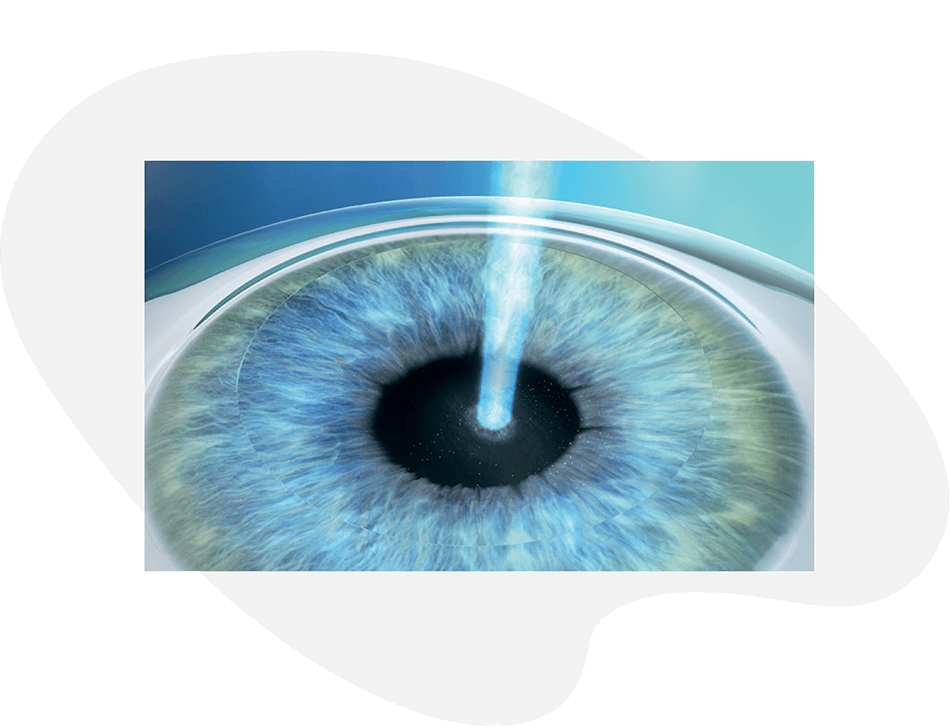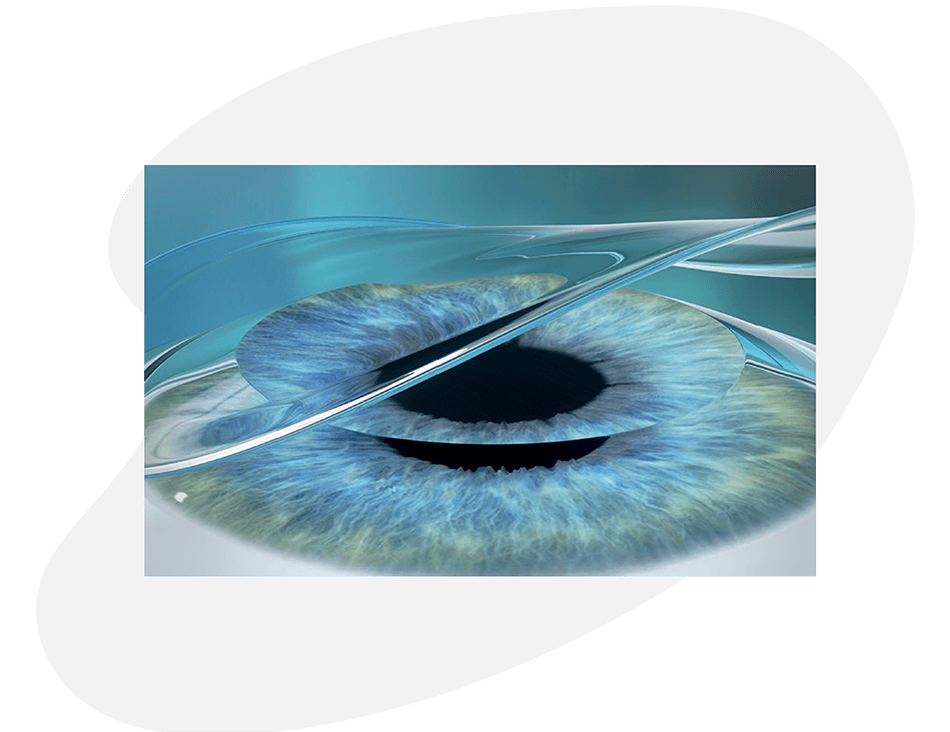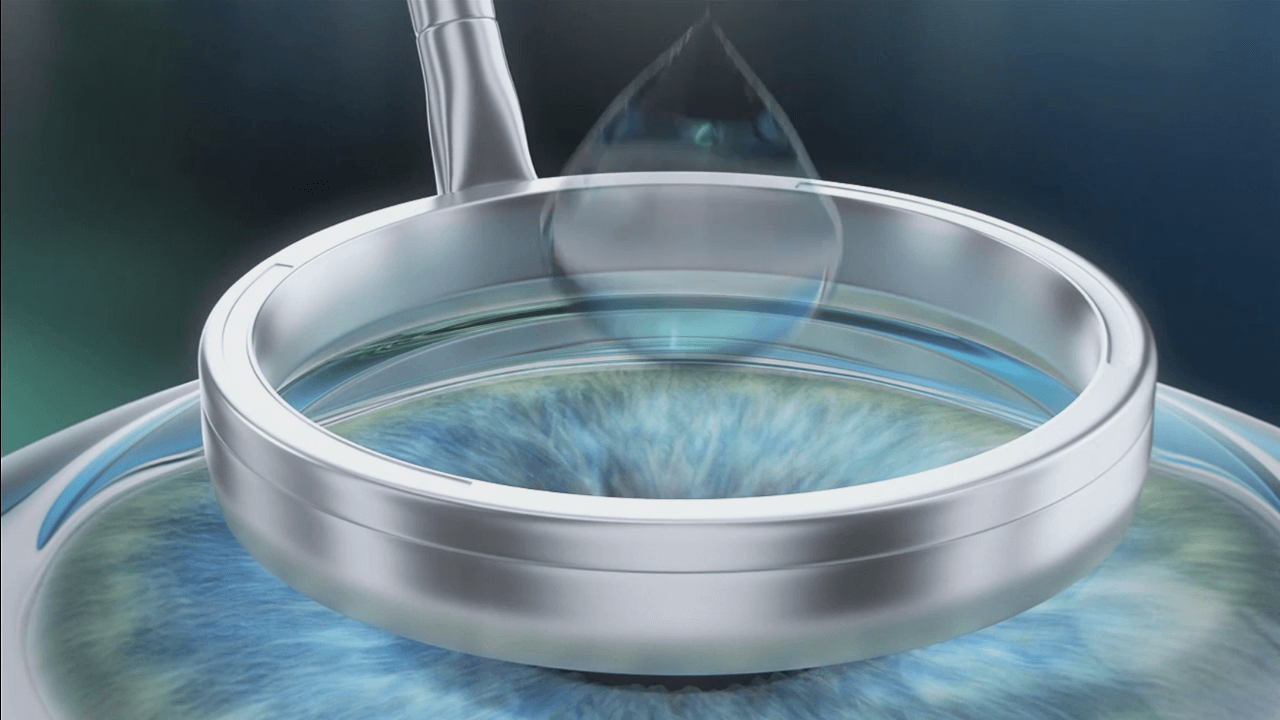Understanding how the eye sees images
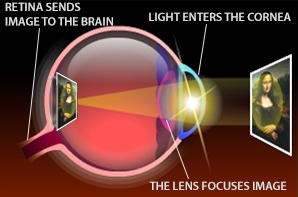
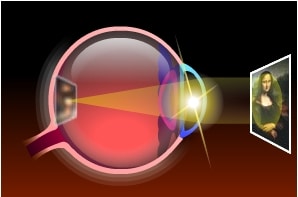

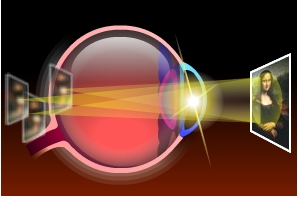
When we look at an image light passes through the outer most portion of the eye (cornea), through the lens, and focuses on the back of the eye (retina). Imperfections in vision can be caused by any part of this journey. Laser vision correction works to gently reshape the cornea treating the most common imperfections in vision: myopia (nearsightedness), hyperopia (farsightedness), and even astigmatism.
